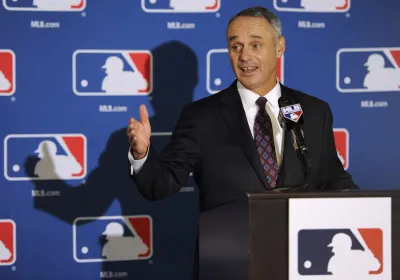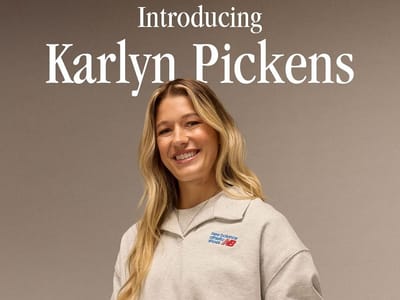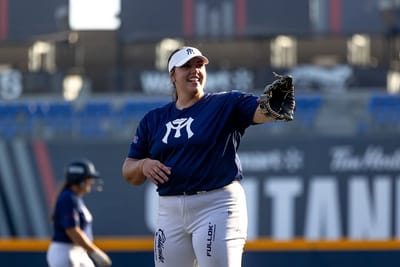
Could Julio Rodríguez Have Been Baseball’s First Billion‑Dollar Free Agent?
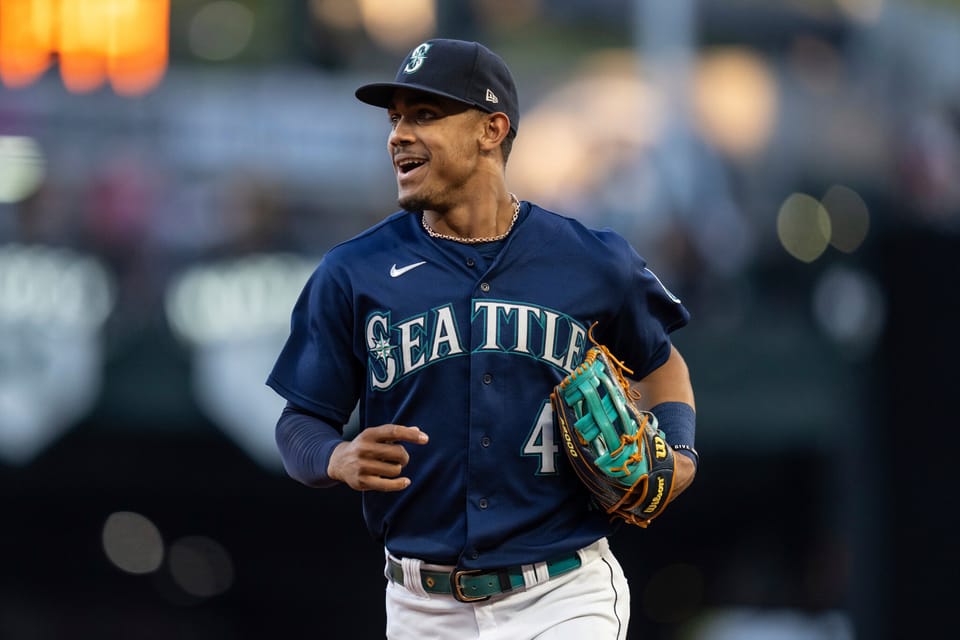
Julio Rodríguez just became the first player in MLB history to post 20 homers and 20 steals in each of his first four seasons—a blatant way to remind the league that the 24‑year‑old center fielder is a franchise in himself.
That milestone is a reason to revisit a “what‑if” that’s fascinated fans, agents and front offices since his rookie year: If J‑Rod hadn’t signed his early‑career extension with Seattle, could he have been the sport’s first “$1 billion” free agent at 27?
Below, we break it down from the player’s side, the team’s side, and the market’s side—through the lens of how baseball’s free‑agency economics actually work.
Two Paths: The “bet on yourself” model vs. the early‑extension model
Baseball’s most powerful agent, Scott Boras has built an industry on pushing elite players to test the open market, where scarcity plus leverage usually equals record deals (Juan Soto’s 15‑year, $765 million pact is the latest headliner).
Boras has also railed against structures that depress market prices—most recently calling a proposed salary‑cap push “institutionalized collusion,” language MLBPA chief Tony Clark echoed. Translation: the top of the market sets the pay ladder for everyone else, so getting your clients to free agency matters.
Rodríguez didn’t go the Boras route—he’s represented by Octagon—and instead took an unusually complex "choose‑your‑own‑adventure" extension after his rookie season. It guaranteed serious money immediately and left multiple “outs” later.
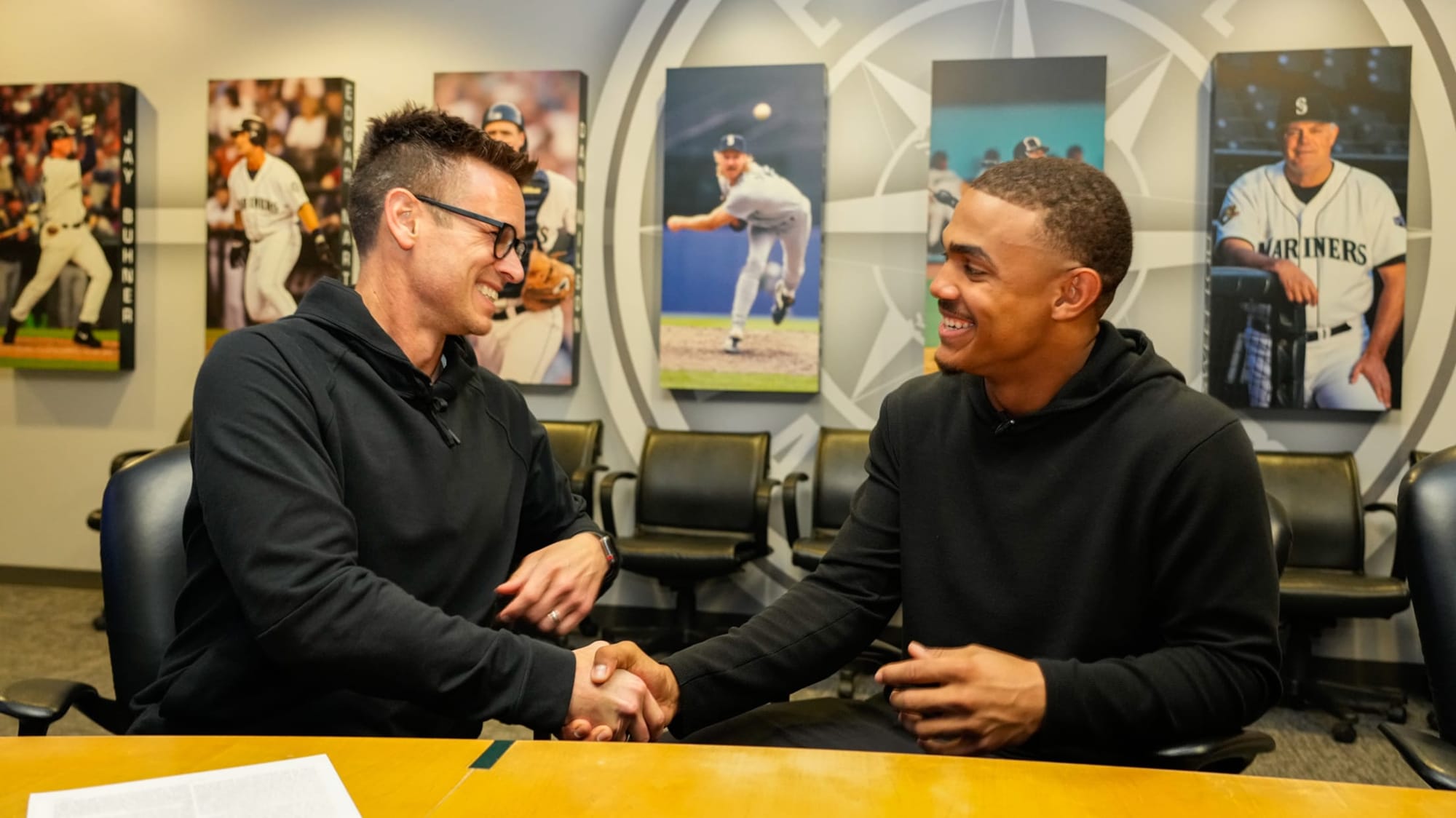
What Seattle bought—and what Julio sold
The deal (core pieces):
- Guarantee: $209.3M through 2029 (includes a $15.3M signing bonus). Salaries step from $4M (2023) to $10M (2024) and $18M annually (2025‑29).
- Club option after 2028: If the Mariners pick it up, it runs 8–10 years at $200M–$350M based on MVP finishes. If exercised at the top tier, it becomes a 17‑year mega‑contract.
- If the club declines: Rodríguez holds a 5‑year, $90M player option (2030‑34) with award‑based escalators, and there’s also a 7‑year, $168M mutual option safety net. Practically, there are pathways that could put him back on the market around age 28–29.
- Early‑career upside already realized: Under the new CBA’s Pre‑Arb Bonus Pool (PABP), J‑Rod earned $1.55M (2022), $1.87M (2023) and $0.51M (2024) in merit pay—on top of his salaries—because he played like a star before arbitration.
From the player’s vantage point, the extension traded some top‑end upside for insurance and liquidity. Instead of earning the league minimum in pre‑arb (which sat at $700k in 2022, $720k in 2023, $740k in 2024, $760k in 2025), he locked in seven and eight‑figure paydays right away. That’s exactly why these deals exist.
From the team’s vantage point, Seattle bought cost certainty on a superstar and optionality later—precisely the logic that has powered Atlanta’s run of below‑market extensions with its young core (cost certainty today, surplus value tomorrow). The Mariners’ own President of Baseball Operations, Jerry Dipoto even framed the J‑Rod pact as trying to make him “among the elite in his compensation if he turns out to be among the elite on the field,” while avoiding a deal that was “insanely club friendly.” That is the cost‑certainty thesis in a sentence.
The counterfactual: If J‑Rod had waited for free agency at 27
Let’s build a simple sketch using the current CBA and real comps. Assume no extension:
Years 1–3 (pre‑arb): League minimums total $2.16 M ('22 - '24), to which we'd add J-Rod's actual PABP earning ($3.93M) because those are independent of the extension. That’s roughly $6.1M through age‑23.
Years 4–6 (arb): Elite first‑time position players have started around $8–12M (Juan Soto was $8.5M in Year 1), with step‑ups into the high‑teens/low‑20s and then $25–30M by Year 3 depending on awards/production. A reasonable three‑year arc for this player would land somewhere in the $55–60M range across 2025–27. (Methodology and comps: MLBTR, ESPN, and historical first‑year arb records like Cody Bellinger’s $11.5M.)
Cumulative pre‑FA earnings (no extension): call it ~$61–66M by the winter after his age‑27 season.
What he actually locked in instead: By 2029 under the extension, J‑Rod is guaranteed $119.3M (base + signing bonus) before any club‑option decision – roughly $50–60M more than the no‑extension path would likely have paid by that same checkpoint. That front‑loads risk protection and wealth.
Now the big lever: the age‑27 mega‑deal.
- Juan Soto at 26: 15 years, $765 million with no deferrals, an opt-out after five years, and a club clause to void the opt-out by raising his salary in years 6–15 to $55M annually.
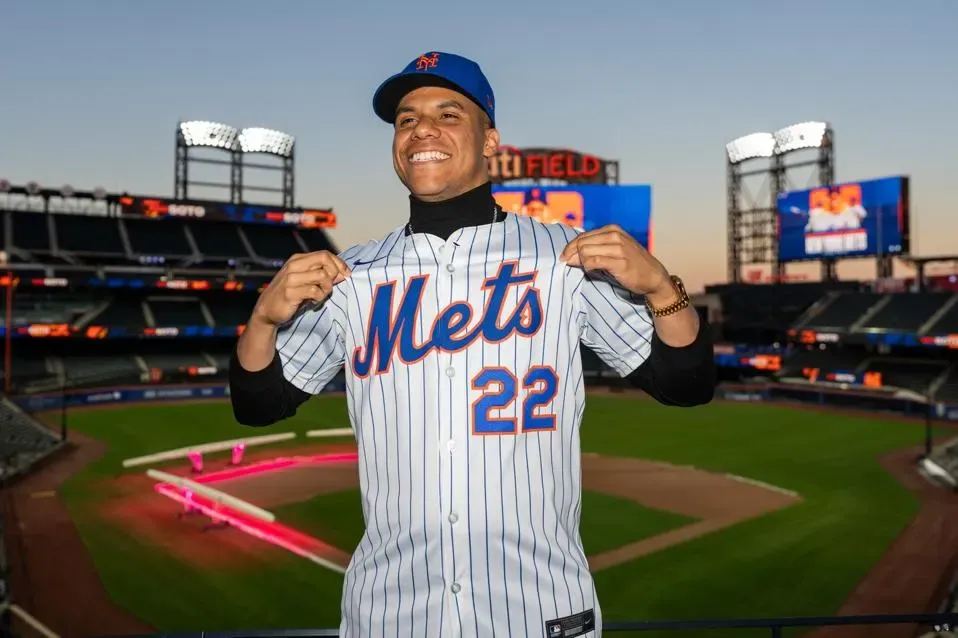
- Shohei Ohtani at 29: 10 years, $700M, but with $680M deferred so heavily that MLB’s CBT (Competitive Balance Tax) values it at ~$46M AAV and the present value is widely estimated around $460M. The headline number matters for marketing; the finance math matters for real money.
Could Rodríguez—arriving at 27 with MVP‑caliber counting stats, a clean CF profile, and multiple 20-20 seasons and at least one 30-30 season—have pushed a $900M–$1B headline in that market?
On headline value: absolutely plausible, especially with the deferral gymnastics teams now use to manage CBT hits. On present value (what it’s truly “worth” today): getting to $1B would have been far harder. A “billion‑dollar” press release can be engineered with long, interest‑free deferrals; a $1B present value would require unprecedented economics.
How early extensions shape the market—for better and worse
- For players: Early deals can be life‑changing insurance. J‑Rod’s Year‑2 take‑home (base + PABP) was orders of magnitude above the ~$720k minimum; that matters if anything goes wrong.
- For teams: Extensions create predictable payroll lines and suppress the number of true, top‑of‑market free agents—lowering the odds of Soto‑style auctions. They also usually look to create leverage on providing the insurance— most teams will look to try to buy at least one (more depending on how early the extension is given) or two free agent years at a discount— in Julio’s case, the Mariners secured two free agent years at $18M when he will be worth double that value. That’s extreme value to a building franchise.
- For the overall market: Fewer superstar comps in free agency means clubs can try to benchmark arbitration and FA asks to extension AAVs (e.g., “J‑Rod is making ~$18–20M in these years”), not the $40–50M AAVs that win the winter headlines. That dynamic is precisely why agents like Boras preach patience: the open market lifts all boats.
This intersects with the sport’s broader labor climate. Owners are openly mulling a salary‑cap style system in the next CBA cycle; the union calls that “institutionalized collusion.” Whatever your take, fewer mega FA comps + a cap/floor architecture would almost certainly flatten the top of the pay curve—the opposite of the Boras model.
And remember – MLB has a very real history with collusion; owners paid hundreds of millions in damages over coordinated refusal to sign free agents in the late ’80s. That context colors how players evaluate early extensions vs. waiting.
Where this leaves Julio—and the “billion” question
The Rodríguez contract still gives him real leverage later. Seattle must decide on a massive, MVP‑indexed club option after 2028. If they pass, he holds a 5‑year player option (with escalators), and a 7‑year mutual option sits there too—mechanics that could put him on the market again in his late‑20s. In other words: he got the insurance now without totally closing the door on a second bite at a mega‑deal.
So, could he have been the first $1B free agent?
- Headline number: With performance, timing, and modern deferrals, yes—plausible.
- True present value: Highly unlikely to reach $1B anytime soon. The Soto and Ohtani deals show how far teams will go on PR numbers while keeping accounting numbers (CBT AAV and NPV) much lower.
Quick math: earnings snapshot (rough, illustrative)
- What he actually locked in (2023–29): ~$119.3M guaranteed (base + SB), plus those PABP checks already paid. That’s ~$50–60M more than the likely no‑extension path to age‑27.
- No‑extension path to FA at 27: ~$6.1M pre‑arb (with PABP) + ~$55–60M across three arb years ≈ $61–66M before hitting the market, then a Soto/Ohtani‑scale deal.
That spread—tens of millions pulled forward with injury protection—is why many stars (and especially non‑Boras clients) choose extensions. It’s also why owners love them: fewer Sotos to bid on later.
Why this matters for the Business of Ball
Baseball’s revenue base keeps rising even amid RSN turmoil, and the top of the market keeps testing new ceilings. Juan Soto’s $765M contract re‑priced elite corner outfield bats; Ohtani’s deferral structure re‑priced how CBT math is gamed.
Julio’s choice didn’t “kill” his upside—he still has escape hatches—but it did remove what could have been the most explosive 27‑year‑old auction in years. If he had waited and kept stacking 6‑7 WAR seasons, he’d have been the perfect test case for a billion‑dollar headline—especially if owners keep chasing stars while disguising real cost via deferrals.
The lesson: strategy is the product. The “bet on yourself” model maximizes market power and provided scaling, league-wide comps. The “team-friendly” or early extension model maximizes security and optionality.
Both are rational.
Which one you choose depends on your risk tolerance, your health outlook, and—crucially—your read on where MLB’s economic rules are headed next.
Sources & further reading
- J‑Rod’s 20‑20 history: ESPN; MLB.com.
- Contract structure, options, and agency: MLB.com deep dive; Cot’s/BBProspectus ledger. MLB.comBaseball Prospectus
- MLB minimums & Pre‑Arb Bonus Pool: Baseball America; MLB.com; ESPN memo note. Baseball AmericaMLB.comESPN.com
- Soto contract: MLB.com. Ohtani deferrals and CBT math: AP, MLB.com, CBS Sports. ESPN.comAP NewsMLB.comCBSSports.com
- Braves/extension cost‑certainty framing: Yahoo Sports feature. Yahoo Sports
- Salary‑cap push & “institutionalized collusion” quotes: ESPN; WSJ. Collusion history: MLBPA/Wikipedia overview. ESPN.comThe Wall Street Journal
